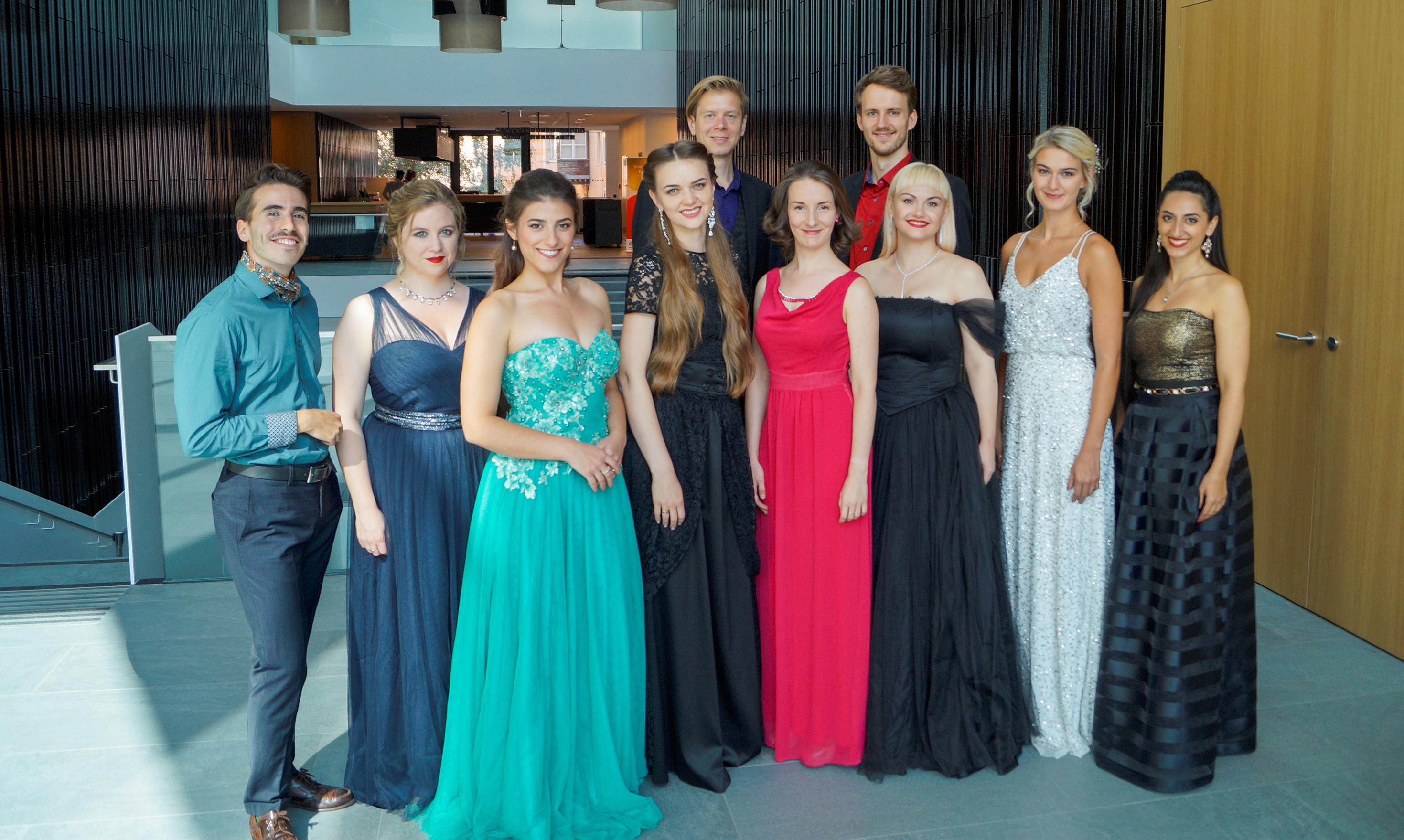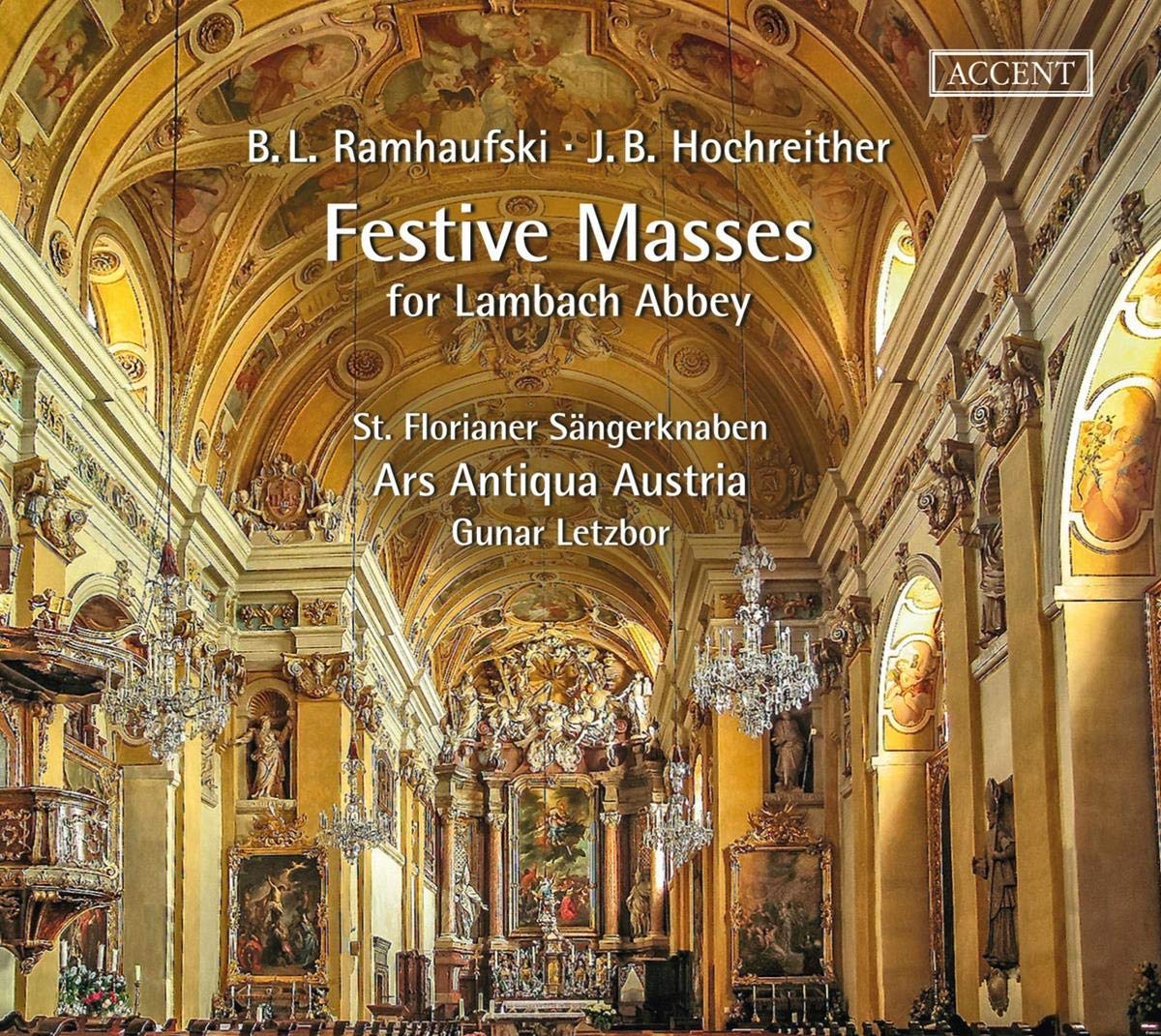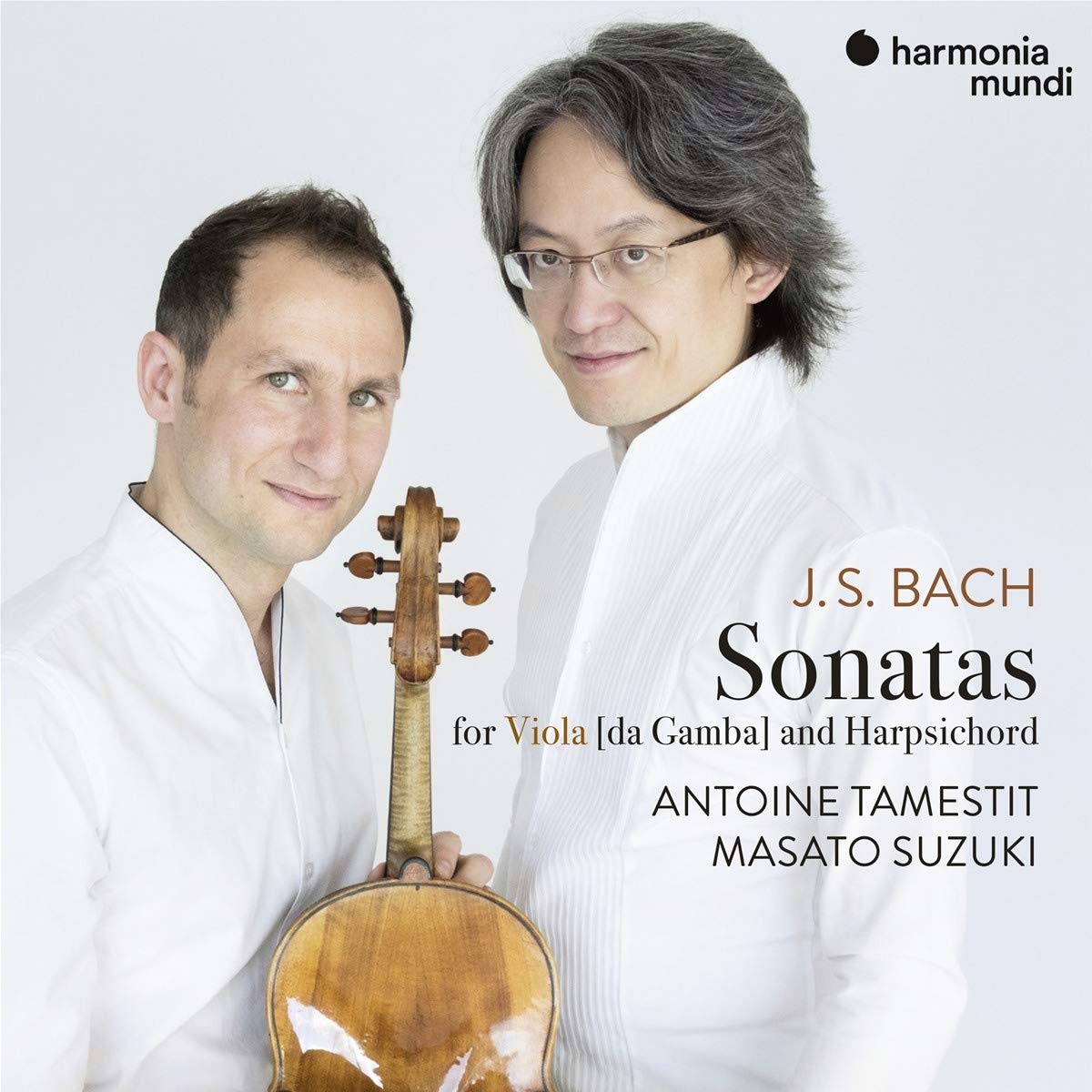Delphine Galou A, Accademia Bizantina, directed by Ottavio Dantone
59:47
Naïve OP30569
As the massive Naïve Vivaldi edition starts to reach its later stages – this is volume 59 – it is inevitable that there will be issues that have the feel of tidying-up loose ends. This is one such, a collection of sacred works including two introdutioni, solo motets that lead to a Mass section or Vespers psalm, the Salve Regina, RV 618, a brief antiphon Regina coeli, RV 615 and the Vespers hymn Deus tuorum militum, RV 612. In addition there is the Violin Concerto in D for the Feast of the Assumption, RV 582, composed, like the rest of the programme with the exception of the hymn, for the Pietà. With the exception of the motet Filiae maestae Jerusalem, RV 638, a sombre masterpiece that formed an introduction to the Miserere, none are particularly well known, though all the vocal works were of course included in Robert King’s complete traversal of the sacred music for Hyperion.
It is the two introdutioni, both designed to precede settings of the Miserere (of which there are no extant examples by Vivaldi) sung at Tenebrae in Holy Week, which form the substance of the disc. RV 638 is an especially striking work with a text concerned with the events of the Crucifixion’s ninth hour, with outer accompagnati, one of moving intensity, the other a powerfully dramatic episode depicting ‘shattered rocks’ and the renting of the veil of the Temple, framing a delicate, pain-soaked aria. The performance, as throughout the programme, is outstanding. In the aria Galou, who I continue to think of as an alto, rather than the contralto label Naïve use, sings with fluent ease and evenly produced tonal beauty across the range, displaying real insight and sensitivity for the text, while shaping the cantabile line with the utmost musicality. In the da capo her discreet embellishments are finely turned, while her husband Ottavio Dantone provides admirably well-judged and finely balanced support. In the accompagnati both find the drama inherent in the highly potent text.
Like RV 638, Non in pratis, RV 641 was also written as an introduction to the Misere and also has a text related to the Crucifixion, though the opening plain recitative seems to draw its inspiration from the Song of Songs. Here an accompagnato and extended aria are framed by plain recitatives, the final one being directly addressed to the suffering Christ as a plea for mercy. Again the aria conveys a mood of infinite sorrow, the double string orchestra effectively used to imitate cascades tumbling over each other, perhaps an illustration of the text’s ‘torrent of blood’. In the B section the winding upper strings unsupported by bass convey a sense of being lost in mystery, the playing of Accademia Bizantina absolutely lovely, the singing of Galou profoundly touching. None of the other vocal works match the motets. The hymn is a brief, simple setting for alto and tenor (Alessandro Giangrande) in which Vivaldi set the three odd verses, the even ones of which would have been sung in plainchant. Given that the disc is quite short measure it would have been agreeable to have those to form a contrast.
The finely judged gradual crescendo at the start of the Salve Regina could well be used as a fine example of the care that Dantone brings to all he does, while the long, languid melismas of the opening aria are again beautifully shaped by Galou, whose veiled tone is most effective. Again, ‘Ad te suspiramus’ (iii) turns the focus on the sheer beauty and contrasts of tonal colour of Galou’s singing, while the second and fourth section bring a sense of heightened urgency. The final vocal work, Regina coeli is sung by Giangrande, here ostensibly as an alto, though the awkward break in the voice only emphasises the fact that he is naturally a tenor, rather than a countertenor.
The Violin Concerto in D is a fine work in three movements calling for considerable virtuosity from the soloist, which it here gets from Alessandro Tampieri, whose playing of the florid passage work in the opening Allegro and the capriccio section of the final movement is outstanding. Perhaps more impressive still is the sense of hazy poetic mystery he brings to the central Grave, with its high lying line unsupported by bass and only minimal touches of accompaniment. This is a highly rewarding addition to a unique series, particularly valuable for the two motets.
Brian Robins









